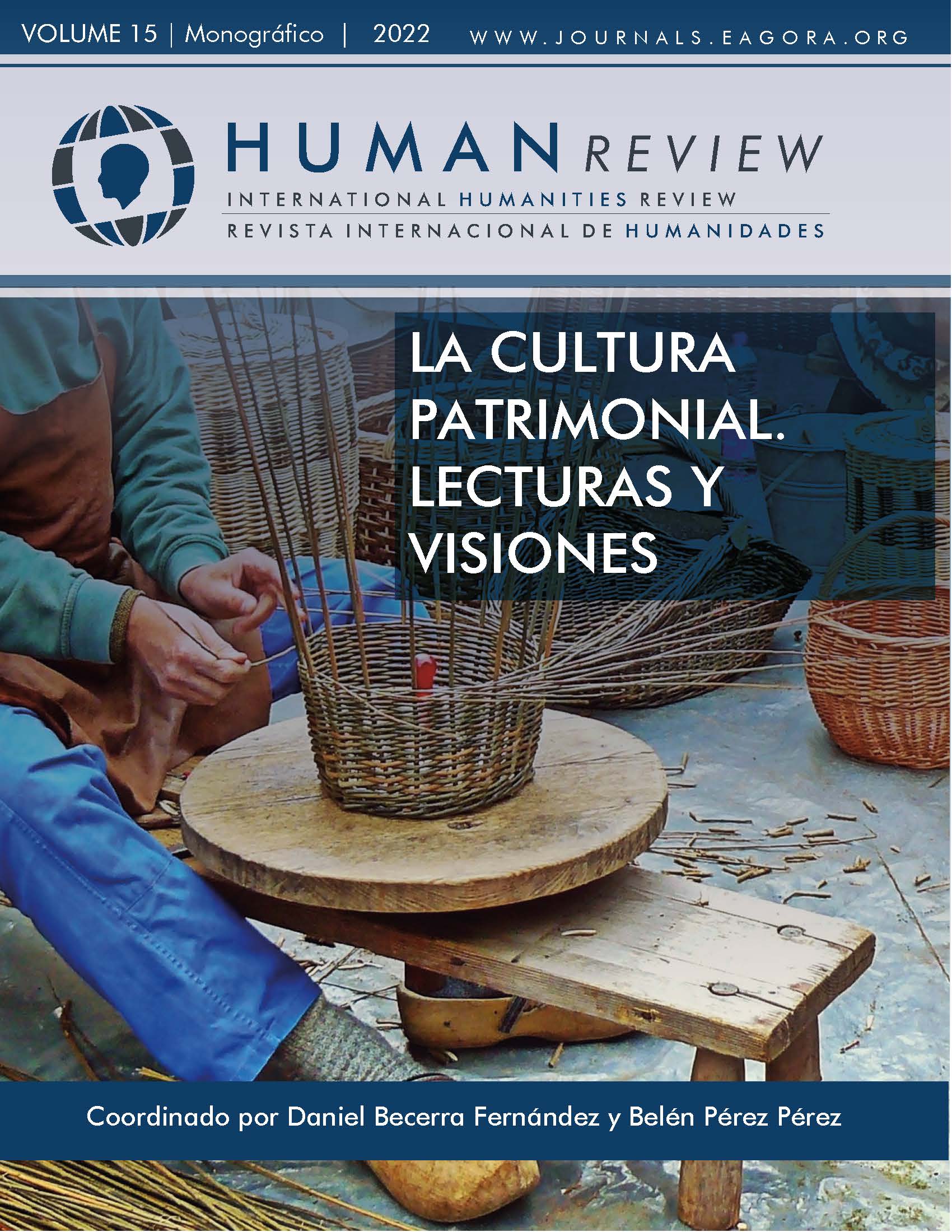Social-emotional Education in Local Heritage
Patrimonial Activities Outside the Classroom
DOI:
https://doi.org/10.37467/revhuman.v11.4256Palavras-chave:
Field Trips, Social-emotional Learning, Heritage Education, Teacher Training, Curriculum Development, Community, Local IssuesResumo
Social-emotional learning is a tendency in education and must be accounted for in all areas of study. Heritage education cannot ignore this reality and must include and its planning and delivery effective strategies to implement and promote social-emotional competencies. The following work, proves patrimonial visits are an innovative approach towards coping with emotions in society. The activity proposed and studied in this investigation demonstrated the opportunities for integer learning during these experiences are real and cause a significant impact in students and society. This study demonstrated the most relevant aspects to consider in patrimonial visits.
Referências
Bastian, Heymann, & Jacomy, (2009). Gephi: an open source software for exploring and manipulating networks. Proceedings of the international AAAI conference on web and social media (Vol. 3, No. 1, pp. 361-362). shorturl.at/nopY5
Cepeda, (2018). Una aproximación al concepto de identidad cultural a partir de experiencias: El patrimonio y la educación. Tabanque: Revista pedagógica, (31), 244- 262. shorturl.at/rtvz2.
Chabal, Baizakova, Utegenova, & Alipkyzy, (2019). Potential of Cultural Heritage Sites for Introduction of Global Citizenship Education in Kazakhstan. Вестник КазНУ. Серия международные отношения и международное право, 84(4), 13-18. Retrieved from shorturl.at/DKZ35
Cimiano, (2003). El homo ludens de Johan Huizinga. Retos: nuevas tendencias en educación física, deporte y recreación, (4), 33-35. shorturl.at/rAFUV
Domínguez & López, (2015). Patrimonio, entorno y procesos de identificación en la educación primaria. CLIO. History and History Teaching, (41). shorturl.at/BEPQ8
Donolo & Melgar, (2011). Leave the classroom...To learn from other contexts: Heritage natural, museums and internet. Revista Eureka Sobre Enseñanza y Divulgación de las Ciencias, 8(3), 323-333. shorturl.at/TW029
Field, (2005). Kendall‘s coefficient of concordance. Encyclopedia of Statistics in Behavioral Science, 2, 1010-11. shorturl.at/lmRS4
Mellado, Garritz, & Brígido, (2009). La dimensión afectiva olvidada del conocimiento didáctico del contenido de los profesores de ciencias. Enseñanza de las ciencias: revista de investigación y experiencias didácticas, [en línea] n.o Extra, 347-51. shorturl.at/dEORZ
Nemoto & Beglar, (2014). Likert-scale questionnaires. In JALT 2013 conference proceedings, (pp. 1-8). shorturl.at/eqR18
Pedroza & Dicovskyi, (2007). Sistema de análisis estadísticos con SPSS. Managua: Instituto Interamericano de Cooperació n para la Agricultura. INTA. shorturl.at/bDUY3
Rite & Cuenca, (2017). La educación patrimonial para la adquisición de competencias emocionales y territoriales del alumnado de enseñanza secundaria. Pulso: Revista de Educación. shorturl.at/kpY04
Santacana & Martínez, (2018). El patrimonio cultural y el sistema emocional: Un estado de la cuestión desde la didáctica. Arbor, 194(788), 446. shorturl.at/dFT03
Santacana, (2006). Bases para una museografía didáctica en los museos de arte. Enseñanza de las ciencias sociales: revista de investigación [en línea], 5, 125-33. shorturl.at/BHMPW
Schiavottiello & Zozaya-Montes, (2018). Heritales: the film festival that brings Heritage to the urban environment. Urban Creativity Scientific Journal (3, n1), pp. 89-94. shorturl.at/bfjP9
Siegel, S. (1956). The case of K related samples. In NonParametric Statistics: For the Behavioral Sciences (p. 166). McGraw-Hill. shorturl.at/BDMQ8
Singh, Roy & Tripathi, (2013). Non-parametric tests: hands on SPSS. ICAR Research Complex for NEH Region, Umiam, Meghalaya. shorturl.at/abfIR
Downloads
Publicado
Como Citar
Edição
Seção
Licença
Os autores/as que publicam nesta revista concordam com os seguintes termos:
- Os autores/as terão os direitos morais do trabalho e cederão para a revista os direitos comerciais.
- Um ano após a sua publicação, a versão do editor estará em acesso aberto no site da editora, mas a revista manterá o copyright da obra.
- No caso dos autores desejarem asignar uma licença aberta Creative Commons (CC), poderão a solicitar escrevendo a publishing@eagora.org.









